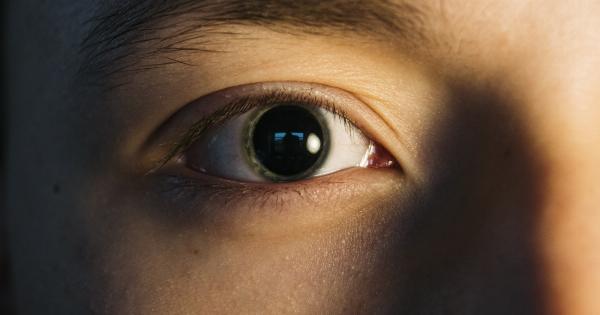Chemical peels are a popular cosmetic procedure that help to rejuvenate and refresh the skin. This treatment can target a variety of skin concerns, such as acne, sun damage, and fine lines.
In this article, we will discuss what a chemical peel is, what to expect during and after the procedure, and any side effects that may occur.
What is a Chemical Peel?
A chemical peel is a cosmetic procedure that uses an acid solution to remove the outer layers of skin. This solution is applied to the skin and left on for a specific amount of time, allowing it to penetrate the skin and remove dead skin cells.
The result is smoother, more radiant skin.
There are three types of chemical peels:.
1. Superficial Peel
A superficial peel is the mildest type of chemical peel and is often referred to as a “lunchtime peel”. This type of peel only affects the outer layer of skin and usually involves glycolic acid or salicylic acid.
A superficial peel can improve skin texture, reduce the appearance of fine lines, and help with acne. The recovery time for a superficial peel is minimal, and there is no downtime.
2. Medium Peel
A medium peel penetrates deeper into the skin and uses trichloroacetic acid (TCA) or Jessner’s solution. This type of peel can improve skin texture, reduce the appearance of fine lines and wrinkles, and can also address pigmentation issues.
The recovery time for a medium peel is longer than a superficial peel, and there may be some swelling, redness, and peeling of the skin.
3. Deep Peel
A deep peel is the most aggressive type of chemical peel and uses phenol. This type of peel can greatly improve the appearance of the skin, especially for those with more severe skin concerns such as significant wrinkles or sun damage.
However, the recovery time for a deep peel is longer than a superficial or medium peel, and there may be significant swelling, redness, and peeling of the skin.
What to Expect During the Procedure
Before the procedure, your doctor or dermatologist will clean your skin and may apply a local anesthetic to numb the area being treated.
The chemical solution will then be applied to the skin and left on for a specific amount of time, depending on the type of peel being performed. During this time, you may feel a slight burning or stinging sensation. After the solution is removed, your doctor will clean and moisturize your skin.
Recovery Time and Aftercare
The recovery time and aftercare depend on the type of peel you have received. After a superficial peel, there may be no downtime, and you can resume your normal activities immediately.
After a medium peel, the recovery time is usually around a week, during which time you may experience some swelling, redness, and peeling of the skin. After a deep peel, the recovery time can last up to two weeks, and the skin may have a significant amount of peeling and redness.
Your doctor will provide specific aftercare instructions, which may include avoiding sun exposure, using gentle skin care products, and avoiding strenuous activity for a certain amount of time.
Side Effects
As with any cosmetic procedure, there are some potential side effects of chemical peels. These can include:.
- Redness and swelling
- Peeling or flaking skin
- Dryness
- Itching or burning sensation
- Infection
- Changes in skin pigmentation
- Scarring
It is essential to follow your doctor’s aftercare instructions and avoid any activities or products that could irritate or damage the skin.
Conclusion
Chemical peels are a popular cosmetic procedure that can improve a variety of skin concerns. There are three types of chemical peels, each with their specific benefits and recovery time.
While there are some potential side effects, following your doctor’s aftercare instructions can minimize the risk of complications. If you are interested in a chemical peel, talk to your doctor or dermatologist to determine if it is right for you.































